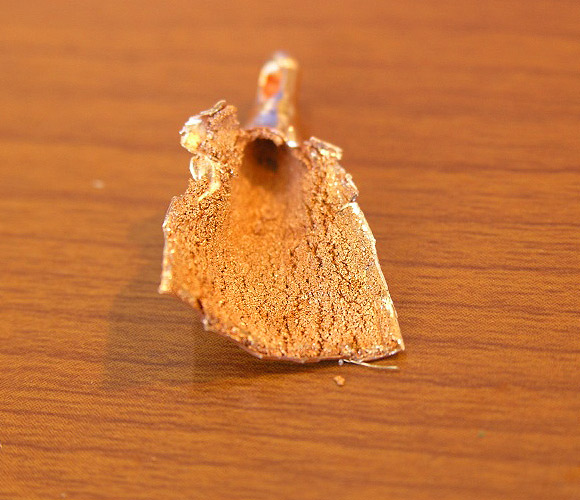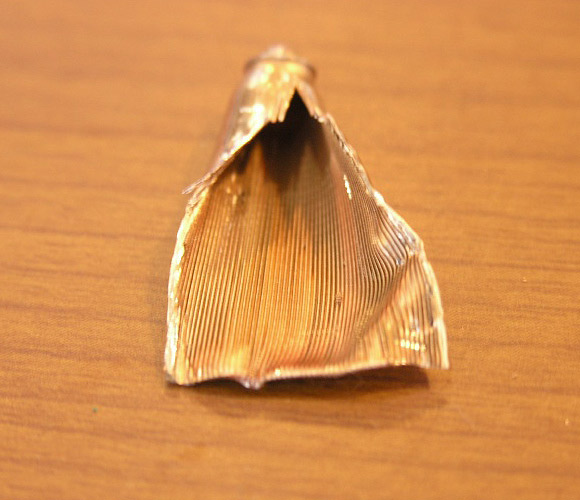Pipe Materials
The heat pipe itself is typically metal or a metal alloy. What material is used entirely depends on the temperature range at which the pipe will be operating. The working fluid that is selected dictates this temperature range. It is therefore necessary to ensure that the fluid needed will be compatible with the metal that is selected. Heat pipes cannot operate effectively if the fluid corrodes, oxidizes, or otherwise reacts with the pipe.
Working Fluids
The working fluid is the most essential component of the heat pipe. The temperatures at which the fluid boils and condenses determines the range of temperatures at which the pipe will be effective. Again, it is important to ensure that the working fluid and metal are compatible. A chart of effective temperature ranges for some common working fluids is below.


Credit: www.1-act.com
Wicks
A porous wick provides the capillary action needed to return the condensed working fluid back to the heated end of the pipe. A wick is not necessary if the heat pipe will be operating vertically, since gravity alone is enough to ensure the condensed liquid is returned to the heated end. The three most common wick types are described below.
Sintered Metal Powder
The sintered metal lines the inside of the pipe. It is porous enough to provide the proper capillary action, and rigid enough to remain attached to the interior of the pipe even at high temperatures. These wicks are commonly used in industrial applications, since the manufacturing cost is quite expensive.


Credit: www.frostytech.com
Grooved Metal
Interior grooves that span the length of the pipe can act as a wick. The small grooves act as capillaries for the condensed fluid, and their orientation and shape can be modified to optimize performance. The cost for this type of wick is relatively cheap, however the groove design relies heavily on gravity and can only be used in vertical or near vertical applications.


Credit: www.frostytech.com
Metal Mesh
A circular coil of metal mesh or screen inserted into the heat pipe can act as a wick. The small gaps in the mesh provide sufficient capillary action for the working fluid. While these wicks are cheap and easy to make, they must stay wet in order for continued performance. For this reason, metal mesh wicks are commonly used in low temperature applications.

No comments:
Post a Comment